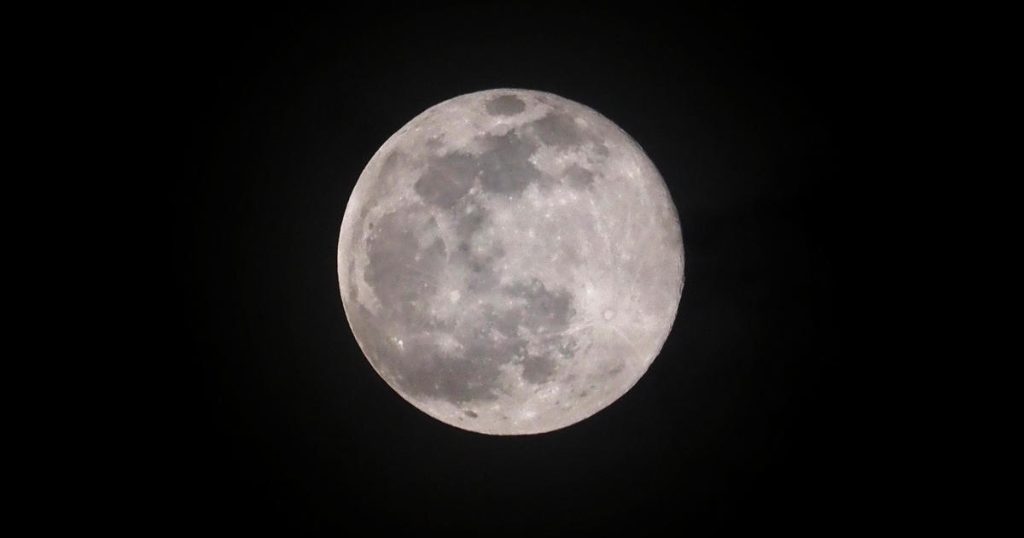NASA and the White House are working to develop a lunar-based time system called Coordinated Lunar Time (LTC) to help coordinate efforts as humanity returns to the moon for exploration and economic development. The Biden administration has tasked NASA with hammering out this new system by the end of 2026. The goal is to create a standard time measurement that will aid in coordinating activities on the moon, as the reality of returning to the moon is not far off, with a manned landing planned for 2026.
The moon needs its own time system because time on the moon moves differently than on Earth. Using the terrestrial time system known as Coordinated Universal Time (UTC) wouldn’t work due to relativistic effects. Someone on the moon would experience UTC time as distorted, with a terrestrial-based clock appearing to lose 58.7 microseconds each Earth day. This difference could create issues when coordinating activities on the moon, such as docking spacecraft or transferring data at specific times. Therefore, creating a lunar-based time system is essential for effective coordination.
NASA aims to establish LTC as the international standard through existing standards bodies and among the Artemis Accords signatories, which include dozens of nations. The Artemis Accords set principles for exploration and development of the moon, Mars, and asteroids, with countries continuing to sign the pact. Major nations like China and Russia have yet to come aboard. The goal is for all countries involved in lunar exploration and development to use the same time system to streamline and coordinate activities.
The moon could represent a new commercial market in the 2030s and beyond, with companies likely to sell services such as transportation between Earth and the moon, water extraction, and resource mining activities. A 2022 NASA report about the Artemis Program highlighted the potential for economic development on the moon, with companies like Blue Origin and SpaceX already exploring commercial activities on the lunar surface. The moon’s economic potential could lead to new opportunities for commercial ventures and partnerships in the space industry.
As the United States and its allies prepare to return humans to the moon and establish an enduring presence, the development of a lunar-based time system is crucial for coordination and collaboration. Understanding time in distant operating regimes is fundamental to scientific discovery, economic development, and international collaboration, which form the basis of U.S. leadership in space. By creating LTC as the international standard, countries can work together more effectively in exploring and developing the moon, setting the stage for future space endeavors and economic opportunities beyond Earth.
In conclusion, the establishment of a lunar-based time system called Coordinated Lunar Time (LTC) is a critical step in coordinating and facilitating humanity’s return to the moon for exploration and economic development. By creating a standard time measurement that accounts for the unique time movement on the moon, NASA and the White House are paving the way for international collaboration and economic opportunities in space. The goal is for all countries involved in lunar exploration to use the same time system, creating a unified approach to activities on the moon and beyond. The development of LTC represents a significant milestone in advancing space exploration and setting the stage for future endeavors beyond Earth.


